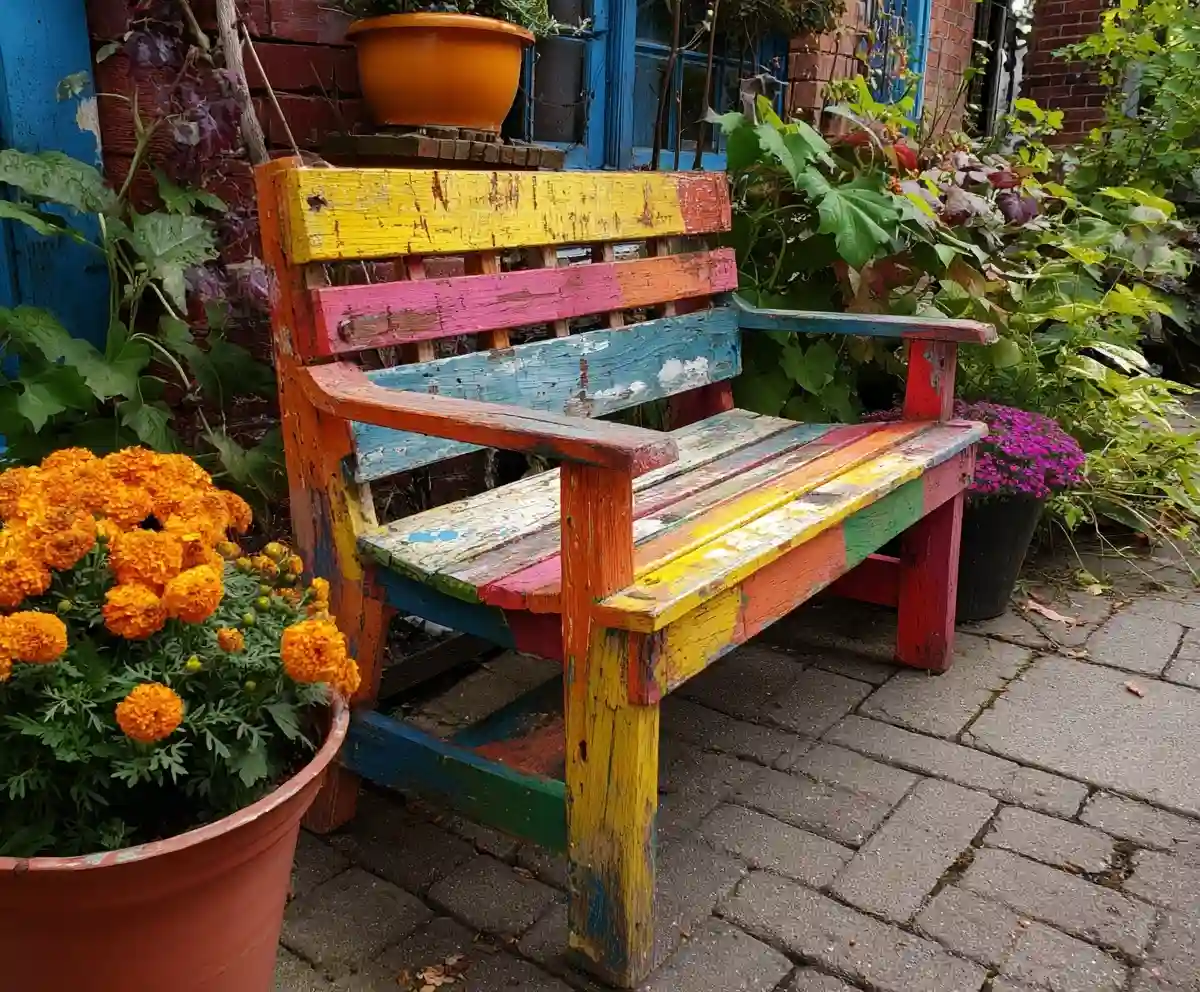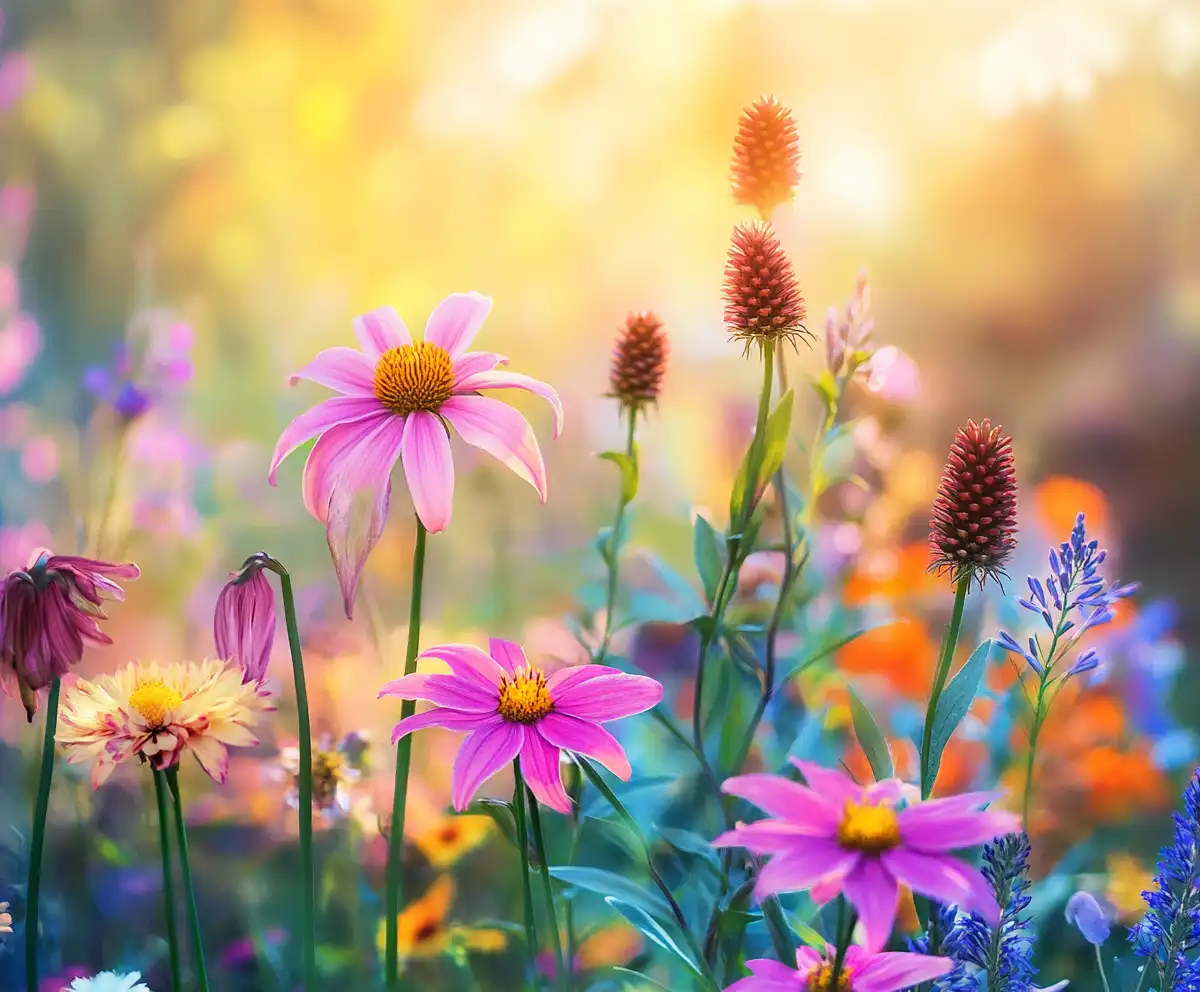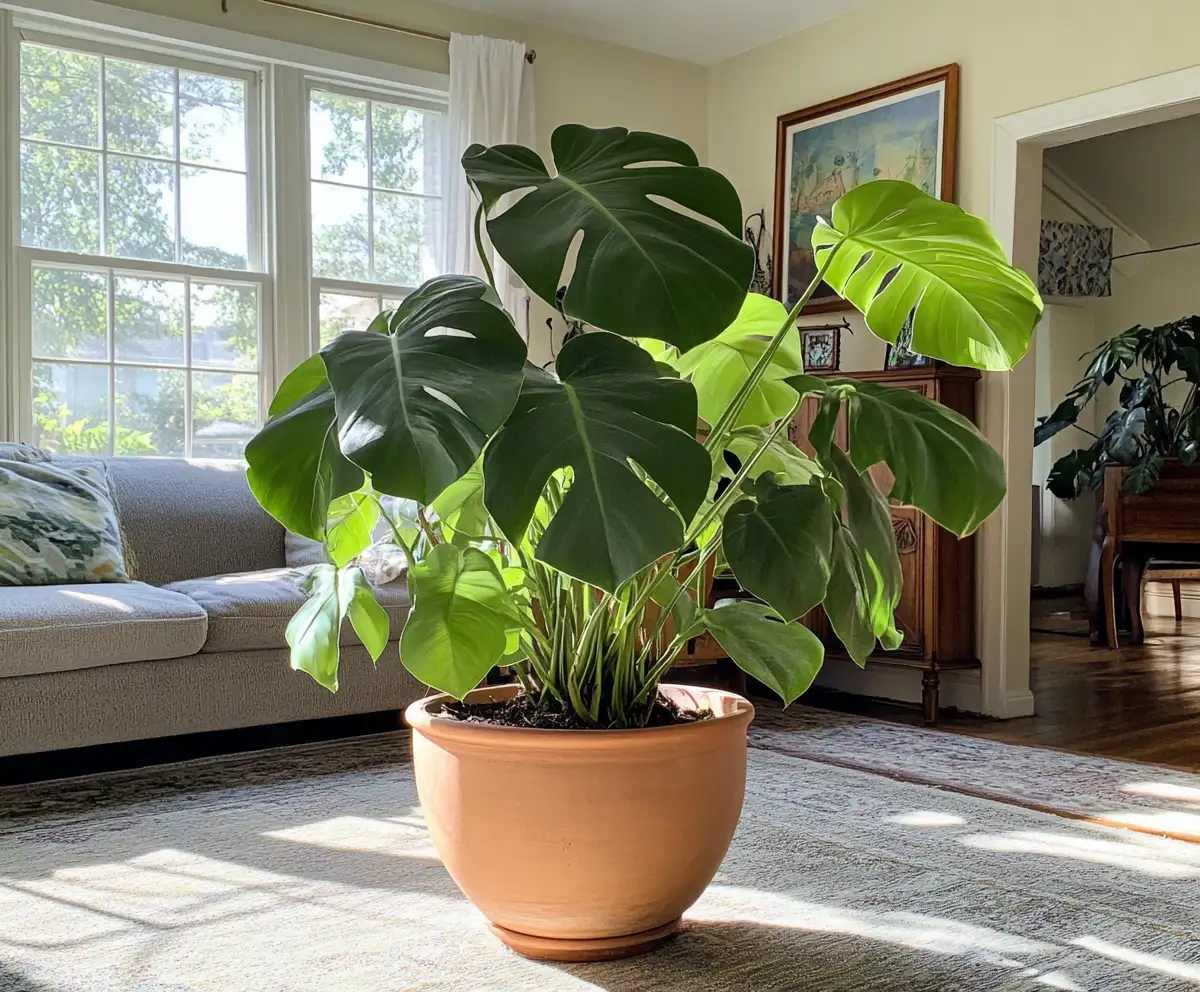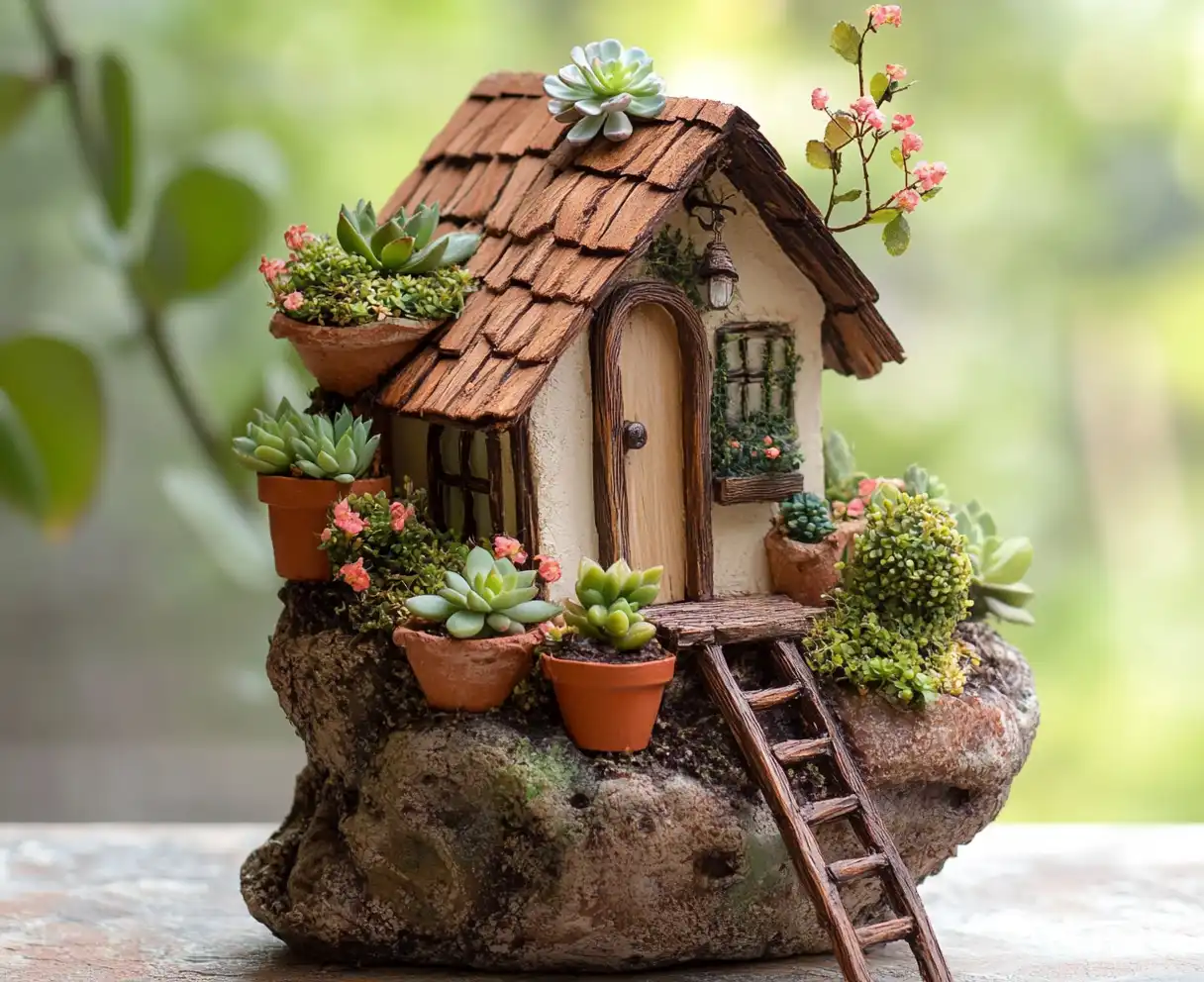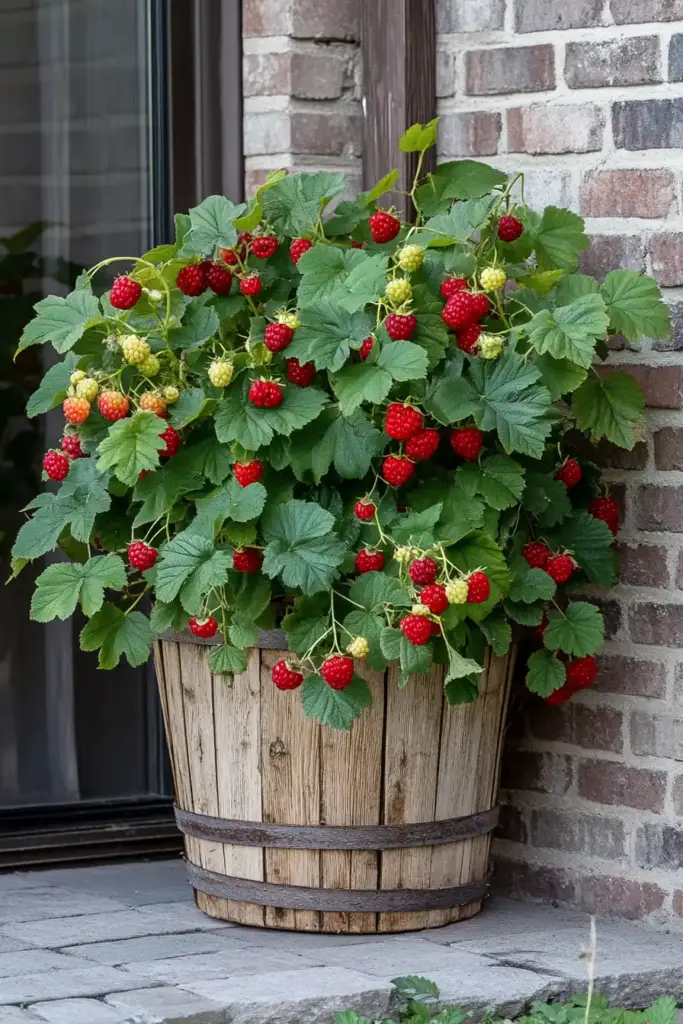When you think of vibrant, sweet, and nutrient-rich fruits you can grow at home, raspberry plants likely top the list. These low-maintenance favorites thrive in containers, especially when you follow beginner-friendly gardening tips and choose the right setup for small-space gardening. Whether you’re a seasoned green thumb or just getting started, raspberry plants offer an accessible and rewarding experience. They not only beautify your garden, much like flowering vines or edible herbs, but also provide a bountiful harvest—making them a smart, health-boosting addition to any home garden.
Table of Contents
How to Grow Raspberries from Seeds in Pots
Growing raspberry plants from seeds in pots can be a fun and satisfying process, especially when you see the first signs of fruiting. With the right preparation and care, container-grown raspberry plants can thrive just as well as those planted directly in the ground.
0.1 Berry Variety: Choosing the Right Type
The success of your raspberry plants starts with choosing the right variety. There are two main types:
- Summer-bearing: Produce one large crop in early summer.
- Ever-bearing: Yield smaller harvests twice a year—once in summer and again in early fall.
You’ll also find raspberries in red, yellow, black, and even purple varieties. Red raspberries are the most commonly grown and tend to be the easiest for beginners.
Tip: Soak the seeds in warm water for 24–48 hours before planting. This softens the seed coat and improves germination rates.
0.2 Pot & Soil: Setting the Foundation
For container gardening, pot size matters. Choose a container that’s at least 45–60 cm (18–24 inches) deep and wide. This allows the roots ample room to spread.
- Use a well-draining potting mix with added compost or aged manure.
- Soil pH should ideally range between 5.5 and 6.5.
- If your soil is too acidic, add a handful of lime. If it’s too alkaline, mix in some peat moss.
Drainage is critical—ensure your pot has holes at the bottom to prevent root rot.
0.3 Water & Sunlight: Striking the Right Balance
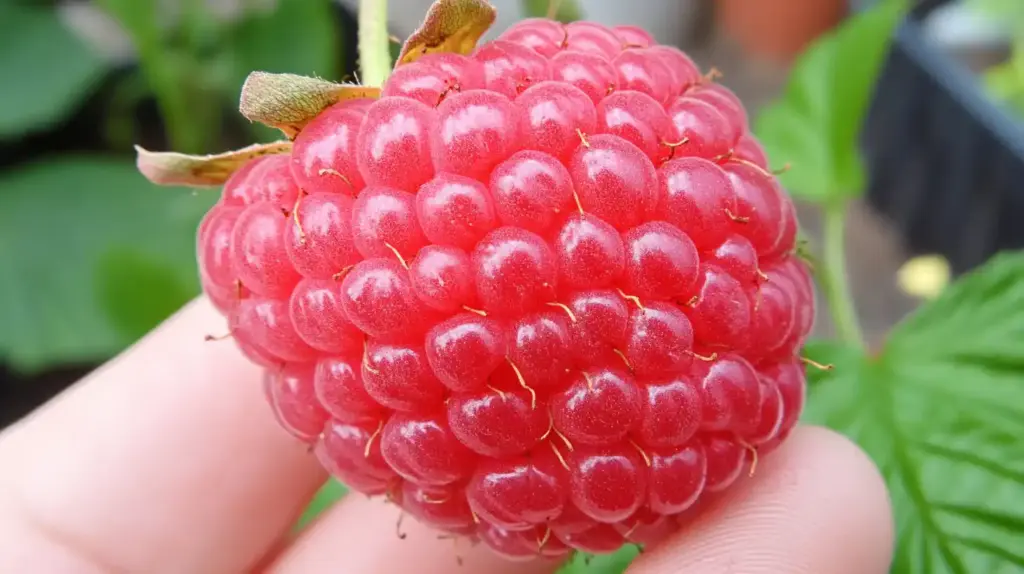
Raspberry plants need:
- 1–2 inches of water weekly, either from rainfall or irrigation.
- 6–8 hours of sunlight daily to maximize fruit production.
- Optimal growth temperatures of 70–75°F (21–24°C).
Avoid overwatering, especially in cooler weather. Always water at the base of the plant to prevent fungal diseases.
0.4 Planting: Getting Your Seeds Started
Once your pot and soil are ready:
- Scatter seeds over the surface and lightly press them into the soil.
- Mist the surface with water to keep it moist but not soaked.
- Cover the pot with a clear plastic lid or plastic wrap to maintain humidity.
- Place the container in a warm, sunny spot.
Germination typically takes 3–4 weeks. Once seedlings reach a few inches in height, thin them out, leaving the strongest ones to continue growing.
0.5 Nutrient Deficiency: Spotting and Fixing the Signs
Even with good soil, raspberry plants can occasionally show signs of nutrient deficiency. Recognizing these symptoms early can save your harvest.
Here are common nutrient issues and how they affect your raspberry plants:
| Nutrient | Function | Deficiency Sign |
|---|---|---|
| Nitrogen | Leaf and stem growth | Pale, yellowing leaves (especially lower ones) |
| Phosphorus | Root development and flowering | Purple-tinted foliage, stunted growth |
| Potassium | Fruit development | Brown leaf edges, weak stems |
| Magnesium | Photosynthesis support | Yellowing between leaf veins |
| Iron | Chlorophyll formation | Yellow leaves with green veins |
Solution: Use a balanced organic fertilizer or specific amendments like composted manure, rock phosphate, or kelp meal depending on the deficiency.
0.6 Pests & Diseases: Prevention and Control
Raspberry plants, though hardy, are not immune to pests and diseases. Left unchecked, these issues can devastate your crop.
Common Pests:
- Aphids – Curling leaves and sticky residue
- Spider Mites – Fine webbing and speckled leaves
- Raspberry Sawfly – Skeletonized leaves
- Thrips and Fruit Flies – Damaged fruits and distorted growth
Diseases to Watch:
- Gray Mold (Botrytis) – Fuzzy mold on berries
- Anthracnose – Sunken purple spots on stems and canes
- Powdery Mildew – White powdery coating on leaves
Tips to Prevent Infestations:
- Space plants to ensure good airflow
- Remove any infected leaves or canes immediately
- Use neem oil or insecticidal soap for organic pest control
- Avoid overhead watering to reduce fungal growth
0.7 Fertilizers: Feeding for Maximum Fruit
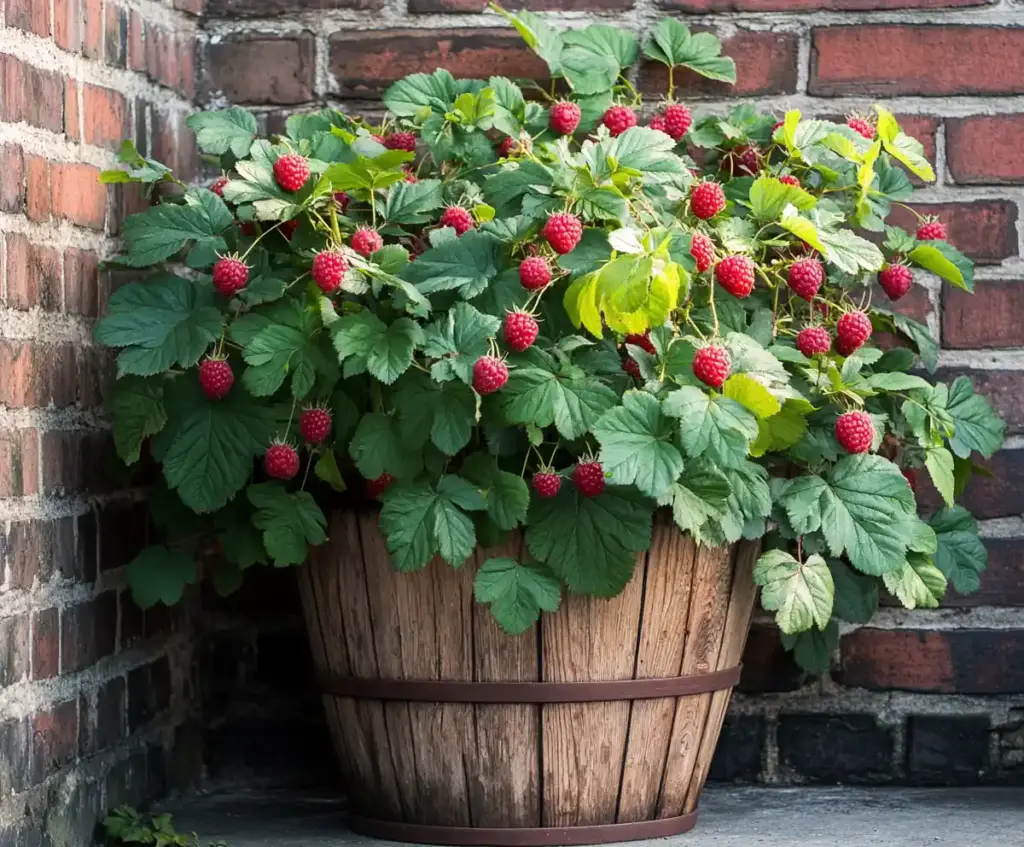
To keep your raspberry plants productive, feed them wisely.
When and How to Fertilize:
- Begin fertilizing after plants reach 6–12 inches in height.
- Use a balanced NPK fertilizer (10-10-10) or compost tea every 4–6 weeks during active growth.
- Avoid over-fertilizing, especially with nitrogen, as this can lead to excessive leaf growth and fewer berries.
Organic Options:
- Composted chicken manure
- Worm castings
- Fish emulsion
Always water well after applying fertilizers to help nutrients absorb into the soil.
0.8 Harvesting: Picking Raspberries at the Right Time
The moment every gardener waits for—harvest time!
How to Know When They’re Ready:
- Berries should pull easily from the plant with a gentle tug
- Look for rich color: the darker the berry, the sweeter the taste
- Ripe berries are usually ready about 2–3 months after planting from seed
Tips for Harvesting:
- Harvest in the early morning for best flavor and longer shelf life
- Use a shallow container to avoid crushing the berries
- Do not wash berries until you’re ready to eat or use them—this preserves freshness
Store harvested raspberries in the fridge and enjoy them fresh, in desserts, or frozen for later use.
1. Growing Raspberries from Cuttings
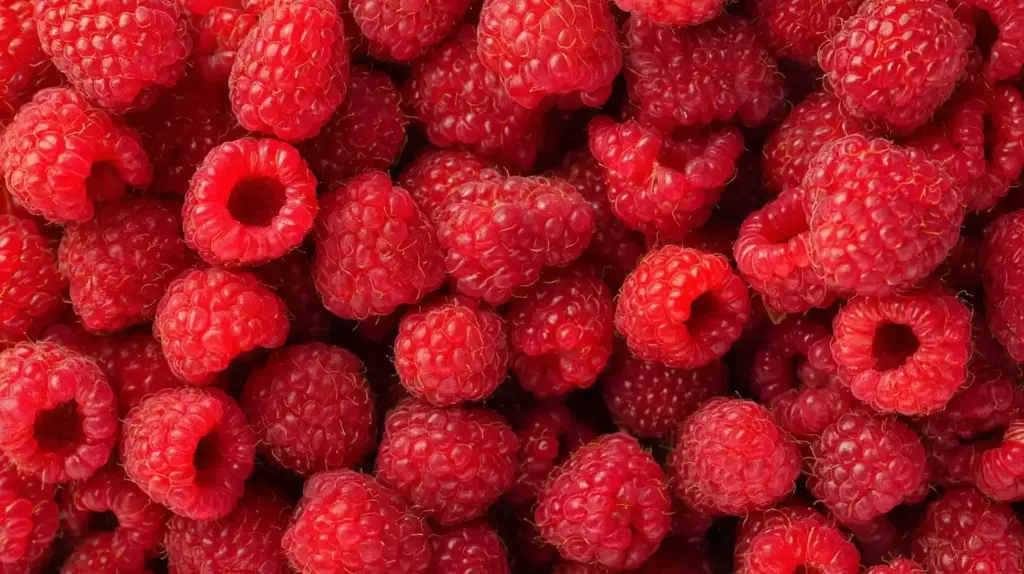
While starting raspberry plants from seed is rewarding, growing them from cuttings offers a faster, more reliable path to fruit production. This method allows gardeners to clone healthy parent plants, preserving variety traits and speeding up growth.
Step-by-Step Guide to Propagate from Cuttings:
- Select a Healthy Cane
Choose a young but mature cane—about the thickness of a pencil. Late spring or early summer is ideal for taking cuttings. - Cut the Stem Properly
Using sterilized pruning shears, cut a 4–6 inch section from the stem. Make the cut just below a leaf node. - Remove Lower Leaves
Strip off the bottom leaves, leaving a few at the top. This minimizes water loss and helps root development. - Root in Water or Soil
- For water rooting: Place the stem in a clear glass of water, changing the water every 2–3 days.
- For soil rooting: Dip the cut end in rooting hormone and insert it into a moist, well-draining soil mix.
- Provide Sunlight & Humidity
Place the cutting in a bright location but avoid direct afternoon sun. Maintain warmth and high humidity—covering with a plastic dome or bag can help. - Wait for Root Development
Roots typically begin forming in 3–4 weeks. You’ll notice resistance when you gently tug the cutting. - Transplant Carefully
Once rooted, transplant your cutting to a pot or garden bed. Water thoroughly and continue care as you would with a seed-grown plant.
Bonus Tip: Cuttings taken from ever-bearing varieties often establish faster and are more forgiving for beginners.
2. Companion Planting | What Are Good Companion Plants for Raspberries?
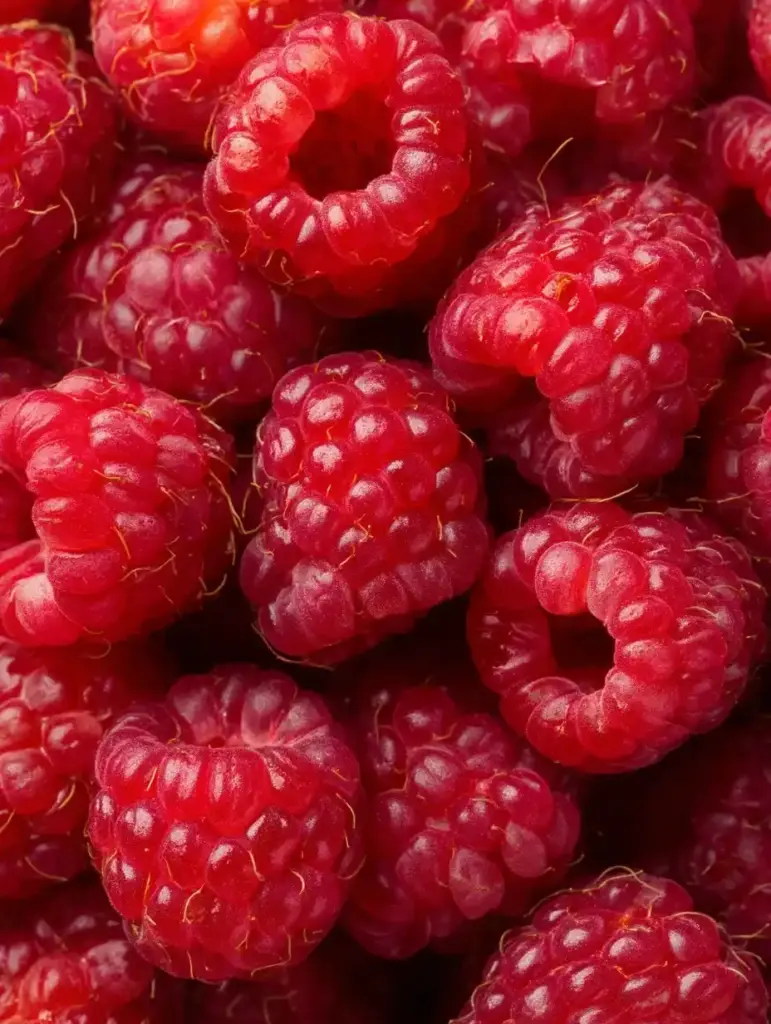
Companion planting is more than a gardening trend—it’s a practical method to boost plant health, increase yield, and repel pests naturally. When it comes to raspberry plants, choosing the right companions can make a noticeable difference in your berry harvest.
Best Companion Plants for Raspberries
These plants help raspberries thrive by improving soil health, deterring pests, or enhancing pollination.
- Marigolds – Their scent deters nematodes and aphids.
- Tansy – Known to repel beetles and other common garden pests.
- Garlic & Chives – Help ward off spider mites and fungal infections.
- Spring Oats – Improve soil structure and suppress weeds.
- Buckwheat – Attracts beneficial pollinators and fixes nutrients in the soil.
- Sudangrass – Enhances soil quality and suppresses diseases.
Plants to Avoid Near Raspberry Plants
Some plants can compete for nutrients or even spread diseases that raspberries are vulnerable to.
- Potatoes & Tomatoes – Share susceptibility to verticillium wilt, which can damage raspberry roots.
- Eggplants & Peppers – Also in the nightshade family, these can introduce fungal problems.
- Blackberries – Though closely related, they can carry viruses harmful to raspberries.
- Strawberries – Compete for the same nutrients and space, and can carry soil-borne diseases.
Pro Tip: Rotate crops yearly and avoid planting raspberries in the same spot where incompatible crops previously grew.
3. Raspberry Plant Pollination
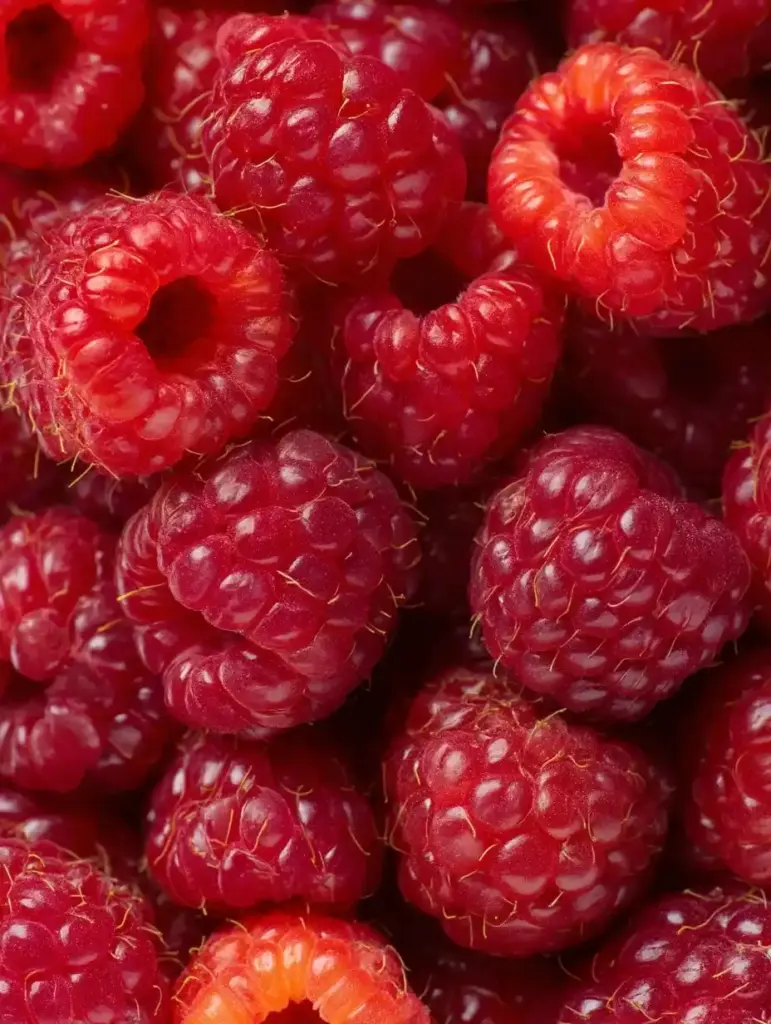
Pollination is key to berry production, but when it comes to raspberry plants, the process is refreshingly simple. These plants are self-pollinating, meaning each flower contains both male and female reproductive parts, and can produce fruit without cross-pollination.
Do Raspberry Plants Need Bees?
While self-pollination is possible, bees and other pollinators greatly enhance fruit set and quality. A well-pollinated raspberry flower typically produces larger, juicier berries.
- Wind and movement can help pollen transfer within the flower.
- Native bees and bumblebees are more effective than honeybees for raspberry pollination.
Pollination Tips for a Bigger Harvest
- Avoid insecticides during blooming, especially in the morning when pollinators are most active.
- Plant pollinator-attracting flowers like lavender or bee balm nearby.
- Gently shake the canes or tap the flowers with a soft brush to simulate pollination if natural pollinators are scarce.
Fun Fact: Even though raspberries are self-fertile, studies show that fruit size can increase by up to 50% with adequate bee activity.
4. Growing Tips
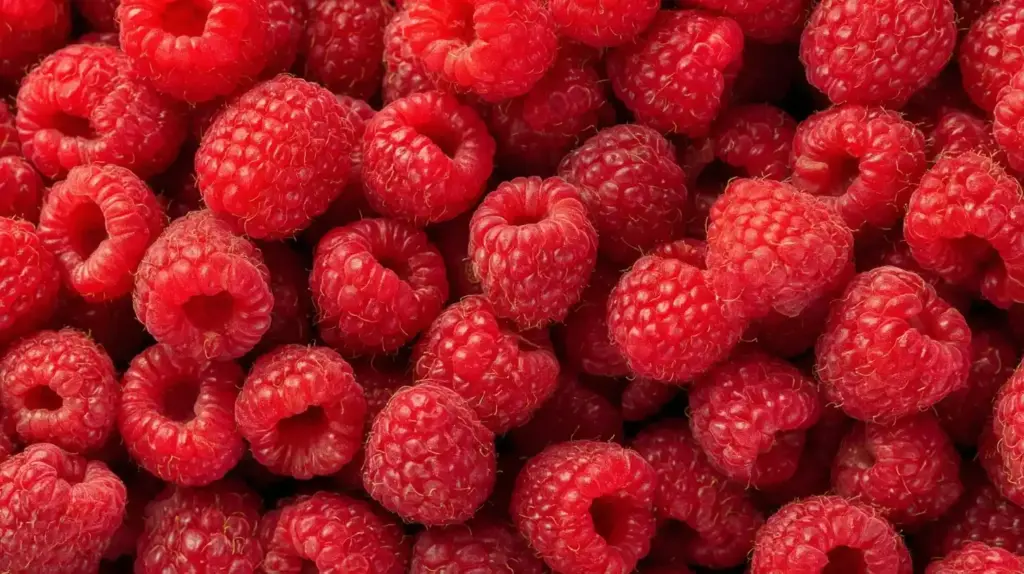
Raspberry plants are generally low-maintenance, but a few strategic practices can dramatically improve plant health and fruit yield. Whether you’re working with containers or garden beds, these tips will help your raspberry plants thrive season after season.
Top Growing Tips for Raspberry Plants
- Delay First-Year Fruiting (if grown from seed):
Remove any flowers or fruit that form during the first year. This encourages the plant to develop stronger roots and canes, leading to more productive future harvests. - Use Well-Draining Containers:
Always select pots with proper drainage holes to avoid soggy soil and root rot. - Apply Mulch Generously:
Mulching with organic materials like straw or shredded leaves retains soil moisture, suppresses weeds, and keeps the root zone cool. - Prune Regularly:
Remove weak or dead canes in late winter or early spring to encourage new growth. For ever-bearing varieties, you can mow all canes down after fall harvest to simplify maintenance. - Support the Canes:
Use trellises or stakes to support long raspberry canes and improve air circulation, which helps prevent fungal diseases. - Rotate Plant Locations:
If planting in garden beds, avoid using the same area every year. Crop rotation helps prevent the buildup of soil-borne diseases. - Water Deeply and Consistently:
Raspberries prefer consistent moisture but dislike soggy roots. Deep watering once or twice a week is often better than light, frequent watering. - Keep Pets Away During Fertilization:
Dogs may be attracted to organic fertilizers like bone meal or manure, so keep them at a distance during feeding. - Wear Protective Gear at Harvest:
Some raspberry varieties have small thorns, so gloves, long sleeves, and protective eyewear can prevent scratches.
Tip: If you’re short on space, consider vertical gardening techniques using stacked pots or wall planters.
5. Raspberries Health Benefits
Beyond their sweet-tart flavor and vibrant color, raspberry plants offer fruits packed with powerful nutrients. Adding fresh raspberries to your diet isn’t just a treat—it’s a smart choice for overall wellness.
Nutritional Profile (per 100g):
- Calories: 53
- Carbohydrates: 12g
- Protein: 1.5g
- Fiber: 6.5g
- Vitamin C: 32mg (over 35% of daily value)
- Other Nutrients: Vitamin K, manganese, potassium, omega-3 fatty acids, and antioxidants
Top Health Benefits of Raspberries
🧡 Heart Health
Raspberries are rich in flavonoids and anthocyanins, which help reduce blood pressure, prevent arterial plaque buildup, and improve overall cardiovascular function.
🧠 Supports Brain Function
Antioxidants in raspberries help combat oxidative stress, which is linked to aging-related cognitive decline. Studies show improvement in memory and motor functions with regular consumption.
💪 Boosts Immunity
High in vitamin C, raspberries support immune defense, help your body absorb iron, and assist in collagen production for healthy skin and joints.
🌿 Weight Management
With high fiber and low calorie content, raspberries keep you full longer, supporting appetite control and metabolic health—perfect for those aiming to manage weight naturally.
🎗️ Cancer-Fighting Properties
The ellagic acid and quercetin in raspberries are known to reduce inflammation and may inhibit the growth of cancer cells, including those linked to colon, breast, and prostate cancers.
💧 Blood Sugar Regulation
Fiber-rich raspberries help slow digestion and reduce blood sugar spikes, making them an excellent choice for diabetics or those managing insulin resistance.
🤰 Safe for Pregnancy
Expecting moms can benefit from raspberries’ rich nutrient content, especially folate, which supports fetal development. Just be sure to wash berries thoroughly before consumption.
Frequently Asked Questions (FAQ)
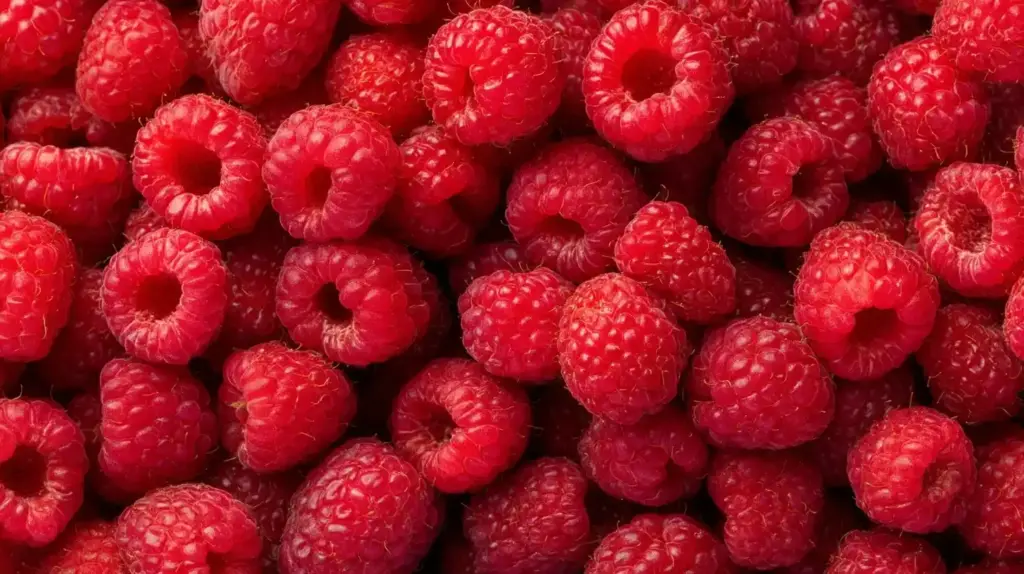
1. Can I grow raspberry plants indoors?
Yes, raspberry plants can be grown indoors as long as they receive 6–8 hours of sunlight daily, either through a sunny window or with the help of grow lights. Ensure proper air circulation and container drainage.
2. How long does it take for raspberry plants to bear fruit?
If growing from seed, expect fruit in 12–18 months. However, plants started from cuttings or nursery canes may bear fruit in as little as one season, especially with ever-bearing varieties.
3. Do raspberry plants need a lot of water?
Raspberries require about 1–2 inches of water per week. Be consistent—deep watering is better than frequent light watering. Avoid waterlogging, which can cause root rot.
4. Do raspberry plants need fertilizer?
Yes, especially in pots. Use a balanced organic fertilizer (like 10-10-10) or compost every 4–6 weeks during the growing season. Avoid overfeeding, which leads to leafy growth but fewer berries.
5. What type of soil is best for raspberry plants?
Use well-draining, slightly acidic soil with a pH of 5.5–6.5. Amending the soil with compost or aged manure can improve fertility and drainage.
6. Can I grow raspberries from store-bought fruit seeds?
Technically yes, but it’s not recommended. Store-bought berries may be hybrids, and their seeds might not produce true-to-type plants. For best results, buy certified seeds or canes.
7. What is the best season to plant raspberry seeds or cuttings?
The best time to plant raspberry plants outdoors is in late winter to early spring, giving them a full season to establish strong roots before fruiting. This timing works especially well if you’re also planning companion crops like those in our beginner gardening guide. If you’re growing raspberry plants indoors, however, you can start seeds anytime—just be sure to use controlled lighting and maintain a warm, consistent temperature for optimal germination and growth.
8. Are raspberry plants safe for pets?
Raspberry plants are generally safe for pets, but caution is key when using fertilizers or mulch. Many garden products can contain ingredients like cocoa mulch or bone meal, which may be harmful to dogs or cats. To keep your furry friends safe, consider placing raspberry plants in raised beds or containers. For safer care tips, check out natural ways to improve garden soil.
✅ Conclusion
Raspberry plants aren’t just a garden favorite—they’re a smart, healthy, and rewarding addition to any green space. Whether you’re growing raspberries in a small space or setting up a DIY trellis to support them, these resilient plants repay your efforts with antioxidant-rich berries. And when combined with companion planting and simple organic methods, your raspberry harvest will thrive season after season.
🌿 Love gardening inspiration? Follow me on Pinterest for bold plant ideas, tips, and seasonal color!
More Posts

